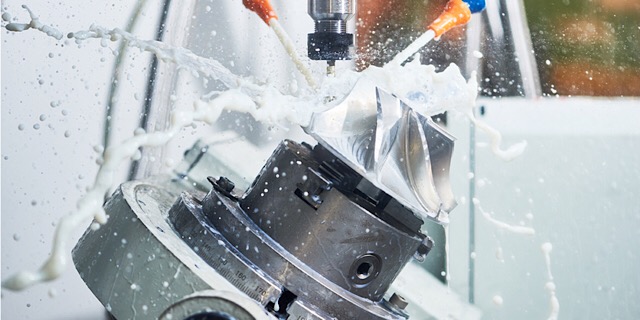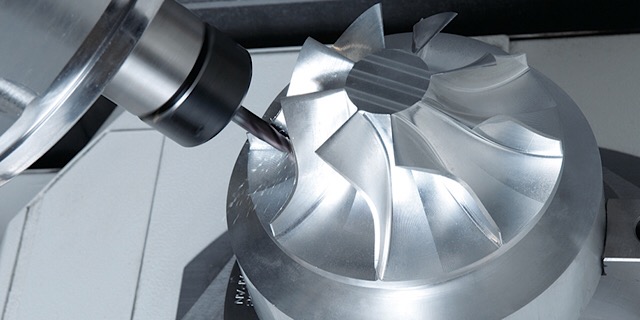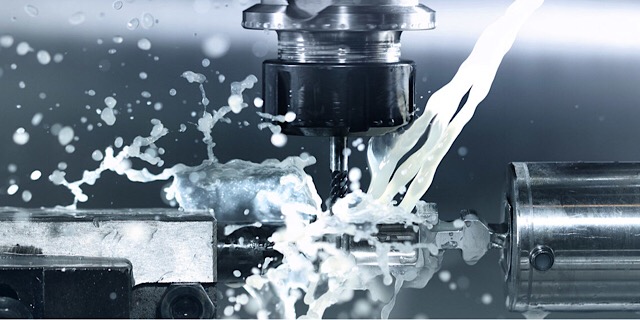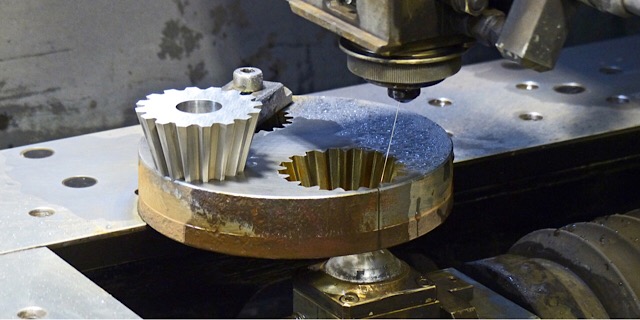中文
ENGLISH
中文
ENGLISH
CNC vowin.cn/en/News/news1251.html' target='_blank'>machining is one of the most developed material processing techniques in the world. Manual vowin.cn/en/News/news1251.html' target='_blank'>machining that has existed for a long time, but only recently have we reached the level when the hardware electronics could be employed to make CNC metal machining techniques the leading method of manufacturing metal parts.
Experienced machinists and versatile machines can be great helpful for even the most complex precision machined metal components. With the advanced multi-axis machines, along with the capabilities of high precision in-house deburring and mechanical polishing , machine turned parts with difficult metals are not become hard.
When it comes to the precision machining services, we cannot deny that multi-axis like 5-axis EDM equipment adds the ability of machining capability wire-cut electrical discharge.
Metal processing has always been dependent on the metal machinist's skill. The capabilities of the process were determined by what kind of surfaces he could make on his equipment. In order to make some complex or high-precision element, specialized tooling had to be made specifically for the surface to be manufactured. This made manufacturing complex customized parts with machining very expensive and unprofitable. However, with the development of CNC metal machining, the capabilities of the process have spiked. The NC program can obtain practically any kind of surface.
With the rise of CNC control systems, manufacturing custom machined parts has become a viable possibility. Versatility and the positioning precision of CNC machine tools enables a drastic simplification of setup operations. There is no need to make specialized fixtures or setup tooling for complex parts. Everything can be set up using standard adjustable fixtures and the machine tool positioning system will compensate for the inconsistencies. The methods that are most widely used with CNC for custom machined parts are turning milling and EDM wire cutting.
One of the advantages of using CNC is high precision. The machine tool is equipped with step motors that have positioning precision of only a few micrometers. Automatic tool change and consequent calibration using a touch probe ensures that the cutting edge is exactly where it is supposed to be. Some machine tools even take cutting tool life and wear into account and adjust it while operating. Modern tool bearings ensure the optimal spindle rigidity for minimum vibration and the fact that the metal machinist doesn't need to look at the part closely all the time makes it possible to close off the working zone and employ high-pressure coolant bringing temperature distortion to a minimum.

High power capacity and the rigidity of modern machine tools ensure that almost any kind of metal can be machined. Starting from common construction steel and up to different grades of stainless steel, including heat-resistant steel-nickel superalloys, all of those materials can be processed. Even titanium alloys with the worst machinability parameters can be cut. After all those hard-to-process alloys, I shouldn't even mention that CNC centers can process lighter softer alloys such as aluminum, brass, copper, gold, and silver with ease. The main difference is the tool life and viable cutting parameters.
5 axis milling centers are the pinnacle of CNC metal machining systems. The cutting tool can be moved along all the coordinate axes and can be tilted at an angle to any of the three axes. In 3+2 machining methods the tool is usually tilted at a constant angle and in 5-axis machining the movements are all simultaneous. 5-Axis machining techniques are ideal to manufacture custom metal parts with freeform surfaces.

The capabilities of 5-axis CNC centers are very wide. It's versatile multi-axis machining capabilities allow it to perform turning, boring, drilling, hexing, milling, threading and tapping at almost any angle. A whole multitude of methods can be united into one processing operation with the use of CNC programming and automatic tool change systems. TheNC program ensures absolute repeatability of the conducted operation so an optimal quantity of parts can be obtained.
Lathe turning equipment is perfect for axially symmetric bodies. Previous versions could only manufacture cylindrical, conical and axially symmetric profiles but modern CNC lathes have tool turrets, which can be mounted with small milling spindles to make grooves, flats, and other asymmetric elements. Drilling boring threading and tapering of non-axial holes has also become a possibility with CNC equipment.

CNC lathe machining offers some advantages compared to other types of turning.
Wire-EDM machining is a considerably new process that involves high-precision cutting of conductive parts by using high voltage current passing through a very thin wire and the material separated by a non-conductive liquid. CNC systems have made this process capable of producing precise small parts in a completely automatic operation mode.



